If there's one thing we can all agree on, it's this: Nova Scotia knows food.
From the tallest tip of the Cape Breton Highlands to the deepest depth of the Annapolis Valley, this province has been blessed with hundreds of quality restaurants that have made our mouths water and our taste buds tingle. Although many of these restaurants themselves are gone, the flavours on the palate remain. If only you could experience these comforting, delicious recipes at home.
Well, today is your lucky day!
The Halifax Central Library Local History Collection has a selection of cookbooks that contain recipes from some of your favourite places to dine.
Let's take a look at a few dishes and learn a little about these local hot spots!
The Ardmore Tea Room
6499 Quinpool Road, Halifax
Status: OPEN
In 1952, Cormier and Norma Tennyson opened their first restaurant - the Ardmore Grill. It was located at 63 1/2 Liverpool Street, and they enjoyed so much success there that they later opened a second restaurant, the Ardmore Restaurant, at 319 Gottingen Street. In 1958, the couple found a building for sale at the corner of Quinpool and Elm Street that really drew them in. It had been the Balcolm & Chittick Limited drugstore but was easily renovated. It also included living space on the second floor. A place to work, a place to live: it was perfect. The Tennyson's ultimately closed their other two businesses, and the Ardmore Tea Room, opens a new window as we know it came to be. Some 65 years later, the Quinpool restaurant is still owned and operated by the Tennyson family. Without a doubt, the Ardmore Tea Room is a Halifax institution.
In 1987, the Ardmore Tea Room contributed to Some Good! City Food, a collection of recipes from local food establishments compiled by Judith Comfort. Now you get the benefit of one of their classic recipes.
The Blomidon Inn
195 Main Street, Wolfville
Status: OPEN
Rufus Burgess was quite successful as a merchant but found even more success when he took to building his own sailing vessels in 1874. In 1881, Burgess purchased a plot of land in Wolfville for $1400. He built a mansion on the property known as Perth House - a tribute to his wife's hometown of Perth, Scotland. The inside of the home included such finery as teak and mahogany wood, marble fireplaces, and gold gilt mirrors. The outside was just as grand with its Mansard Roof, iron front gates, and rose gardens.
After the death of Burgess and his wife in the early 1900s, the house changed ownership several times. By the mid-1940s, the home had become the Blomidon Lodge, and an addition expanded the back of the house. In the 1960s, the home was purchased by Acadia University, and it was used as a dormitory. As the 1970s were coming to a close, the property was sold again to Gale and Peter Hastings, who renamed the house the Blomidon Inn, opens a new window. The Hastings focused on cultivating the atmosphere at the Blomidon Inn, filling the home with antiques and providing quality food. Unfortunately, by the mid-1980s, the Hastings were forced to sell the business due to illness.
In the late 1980s, Jim and Donna Laceby became the owners of the Inn. The Lacebys worked tirelessly to ensure that the reputation of the Blomidon Inn stood the test of time for more than thirty years. Currently, Laceby's sons Michael and Sean run the front of house and the kitchen.
In 1985, the Hastings contributed to the Nova Scotia Inns and Restaurants Cookbook, compiled by Virginia Lee and Elaine Elliot. Now you can have scallops at home the Blomidon Inn way.
Green Shutters Inn
Mader's Cove
Status: CLOSED
In 1812. Peter Strum purchased a 60-acre plot of land on the shore just outside of Mahone Bay. Although Strum spent a great deal of his life on the high seas, he eventually settled down and built a family home on his lot. In 1855, his original home was destroyed by fire, but a new home - similar to a duplex in style - was built on the property. Strum's sons Alfred and Charles lived there. In 1932, Laura Strum, Peter's granddaughter, remodelled the home and opened it as an inn. During the war years, it became Ajax Hospitality Headquarters - a place where soldiers who had suffered attacks while at sea could convalesce and recover.
In the 1950s, Hilda M. Zinck took over the establishment and named it the Green Shutters Inn. While running the inn, Zinck had the idea to gather her recipes together in hopes of creating a book. Before long, the Green Shutters Cookbook hit the shelves.
In 1964, the inn was purchased by the Miller family, but they became concerned about the structural integrity of the house. By the early 1970s, they made the decision to demolish the home.
Thankfully, the Green Shutters Inn lives on thanks to Hilda M. Zinck and her extensive recipe book. Looking for a classic meal accompaniment? Why not try these mustard pickles? They're sure to increase the zesty factor of any dinner.
Clipper Cay
1869 Upper Water Street, Halifax
Status: CLOSED
When Alex Cavel opened the Clipper Cay in 1975, he envisioned a restaurant that made its mark on the Halifax waterfront by offering not only a stunning view of the harbour but also classic Nova Scotia cuisine. His menu featured gifts from the sea like fried fish and lobster, down-home delights of fresh brown bread, and promoted the use of local produce from the Annapolis Valley. The nautical theme of the restaurant finalized the vision.
By the 1980s, the Clipper Cay and two other restaurants - Cayside and The Historic Feast Co. - were owned and managed by The Fiske Group, which owned and managed a multitude of different properties. A restaurant designer from Toronto and Hans Meier, a food consultant in Halifax, gave the Clipper Cay an overhaul of both the style and the menu. When it came to the food, the focus was still a reflection of Nova Scotia and featured local staples like smoked salmon, lobster bisque, and Solomon Gundy.
The Clipper Cay has since closed, but the space at 1869 Upper Water Street has remained a prime spot for Halifax dining. Today it's home to Pickford and Black.
In 1985, folks at the Clipper Cay also contributed to the Nova Scotia Inns and Restaurants Cookbook. Eating an apple a day certainly won't seem like a chore with this delicious recipe.
Telegraph House
479 Chebucto Street, Baddeck
Status: OPEN
In 1857 Scotsman David Dunlop and his family moved to Baddeck, Cape Breton. Mr. Dunlop was employed to lay the first Atlantic telegraph line between Newfoundland and Cape Breton, and his wife managed their affairs at home. While living in Baddeck, Mrs. Dunlop noticed that the town had a serious lack of places for travellers to stay. By 1861, the Dunlops built a hotel, which also happened to contain the telegraph office. The Telegraph House, opens a new window was born and has been housing visitors to Cape Breton ever since. Famous Telegraph House guests include Dr. Alexander Graham Bell, Prince Michael of Kent, and Prince and Princess Takamado of Japan.
Today, the Telegraph House is owned and operated by the fifth generation of the Dunlop family. The Cable Room—the Telegraph House restaurant—prides itself on using organic, sustainably sourced food that is completely gluten-free.
In 1985, however, when the Telegraph House contributed this recipe for oat cakes, gluten was still on the menu. Published in Judith Comfort's Some Good! this recipe is begging to be served with your favourite cuppa tea.
Harris' Seafood
490, Route 1, Dayton
Status: CLOSED
When a friend says your cooking is so good you should have your own restaurant, you blush and say thank you. But when that friend takes it a step further and offers you a loan to actually start a restaurant - maybe your cooking really is on a whole other level. It was a friend from Connecticut that offered Clara Harris the start-up money for her own business, believing that her home-cooked fish was better than any they could get at a restaurant.
In the early 1950s, Clara started a very small eatery with just a stove, a fridge, and one table. Her husband Charlie, a fisherman by trade, was in charge of purchasing the fish and seafood, and if it wasn't up to his standard, he was not afraid to send them back where they came from. The family worked long hours, and in time they were able to expand into an old World War II army barracks-turned-dance hall. Here they expanded to twenty-five tables, and the menu was able to grow as well. The restaurant became particularly well known for Clara's hot lobster sandwich and their Maritime Brew. Maritime Brew was a rum and amaretto coffee drink that was set on fire when served. It was said that blue flames could often be seen rising from the far side of the dining room.
Eventually, the Harris family was able to open another restaurant, Harris Quick N Tasty, directly across the street. Clara also found the time to pen two cookbooks. Her contributions to the area were deemed so significant that Clara was inducted into the Atlantic Hall of Fame for Women Entrepreneurs in 1995 and was declared Citizen of the Year in 1997 by the Yarmouth Chamber of Commerce.
Though Harris' Seafood is now closed, you can toast to its memory with your own Maritime Brew. For safety reasons, consider not setting it on fire.
Library Sources
Green Shutters Cookbook, opens a new window
Nova Scotia Inns and Restaurants Cookbook, opens a new window
Some Good!, opens a new window
Additional Sources
Ardmore Tea Room, Haligonia, opens a new window
Ardmore Tea Room's 50th, The Coast, opens a new window
Clara Kathleen Harris, Sweeny's Funeral Home, opens a new window
Clipper Cay, Halifax Municipal Archives, 102-104-C-6-5-80, Halifax (NS) Tourism, Dining/Restaurants 1970-1996
Harris' Seafood, Facebook, opens a new window
The History of the Blomidon Inn, opens a new window
Make the famous Southwest Nova Scotia lobster sandwich, East Coast Living, opens a new window


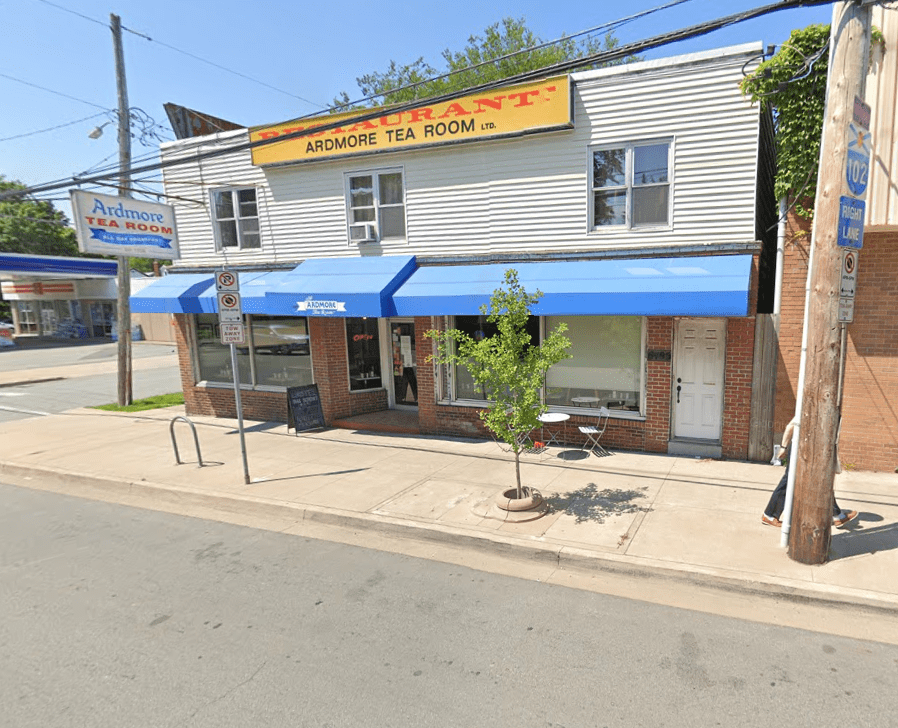

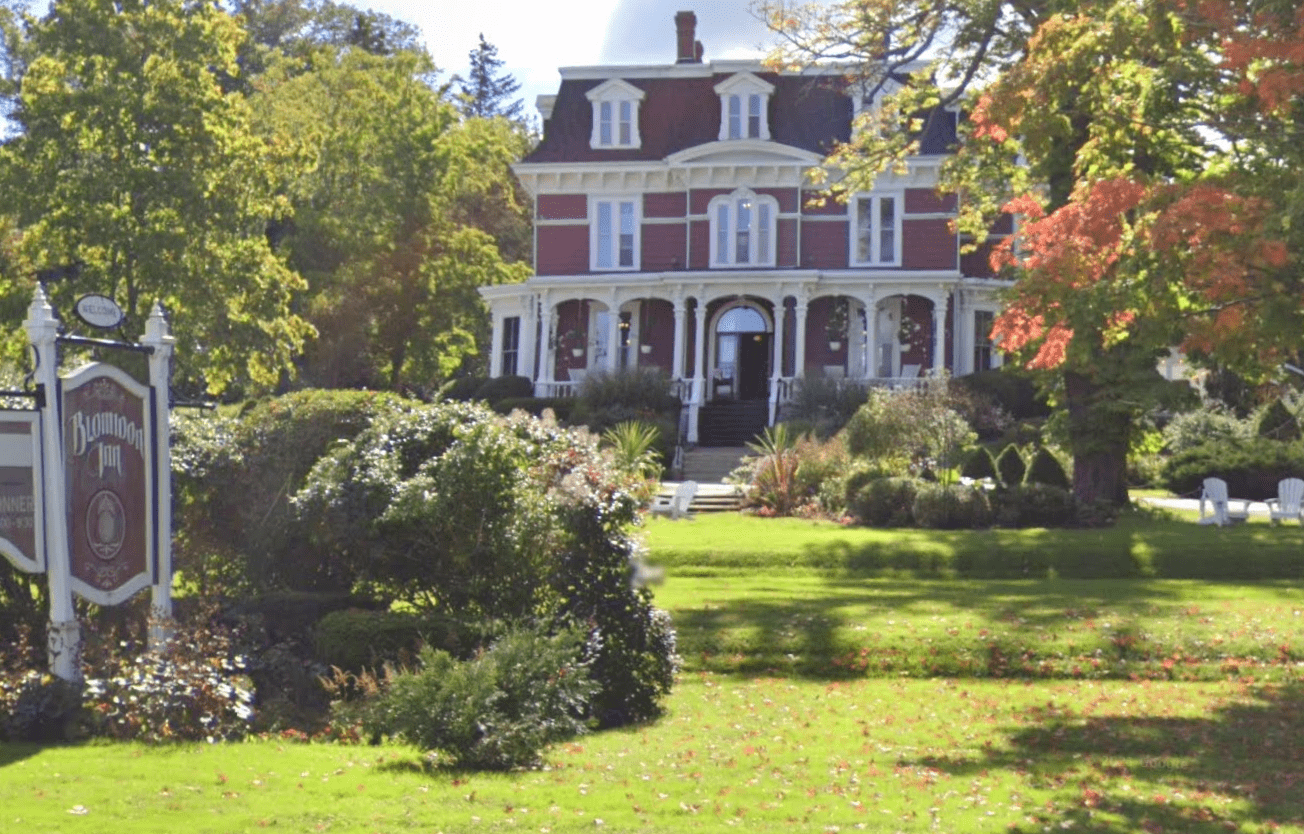

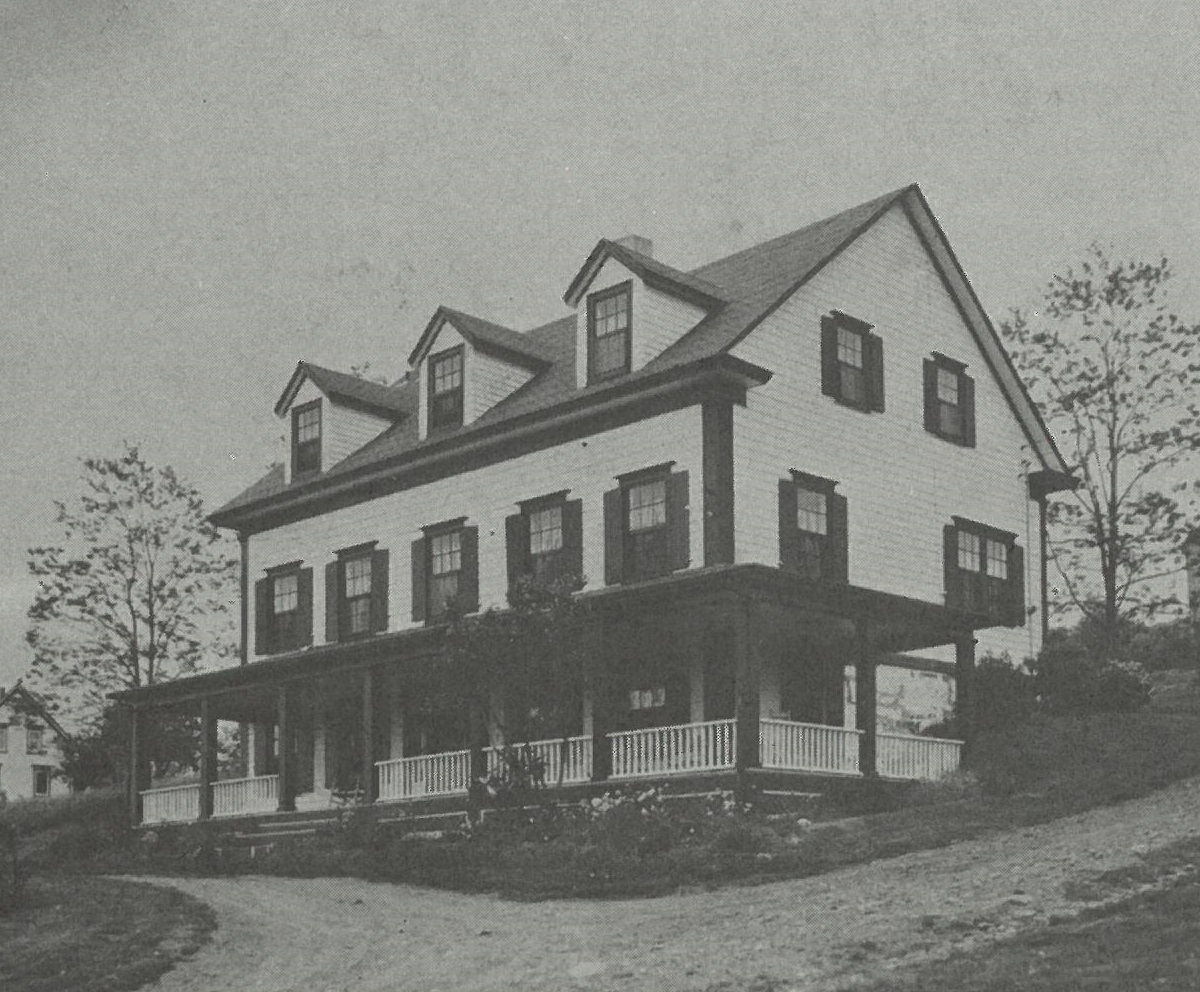

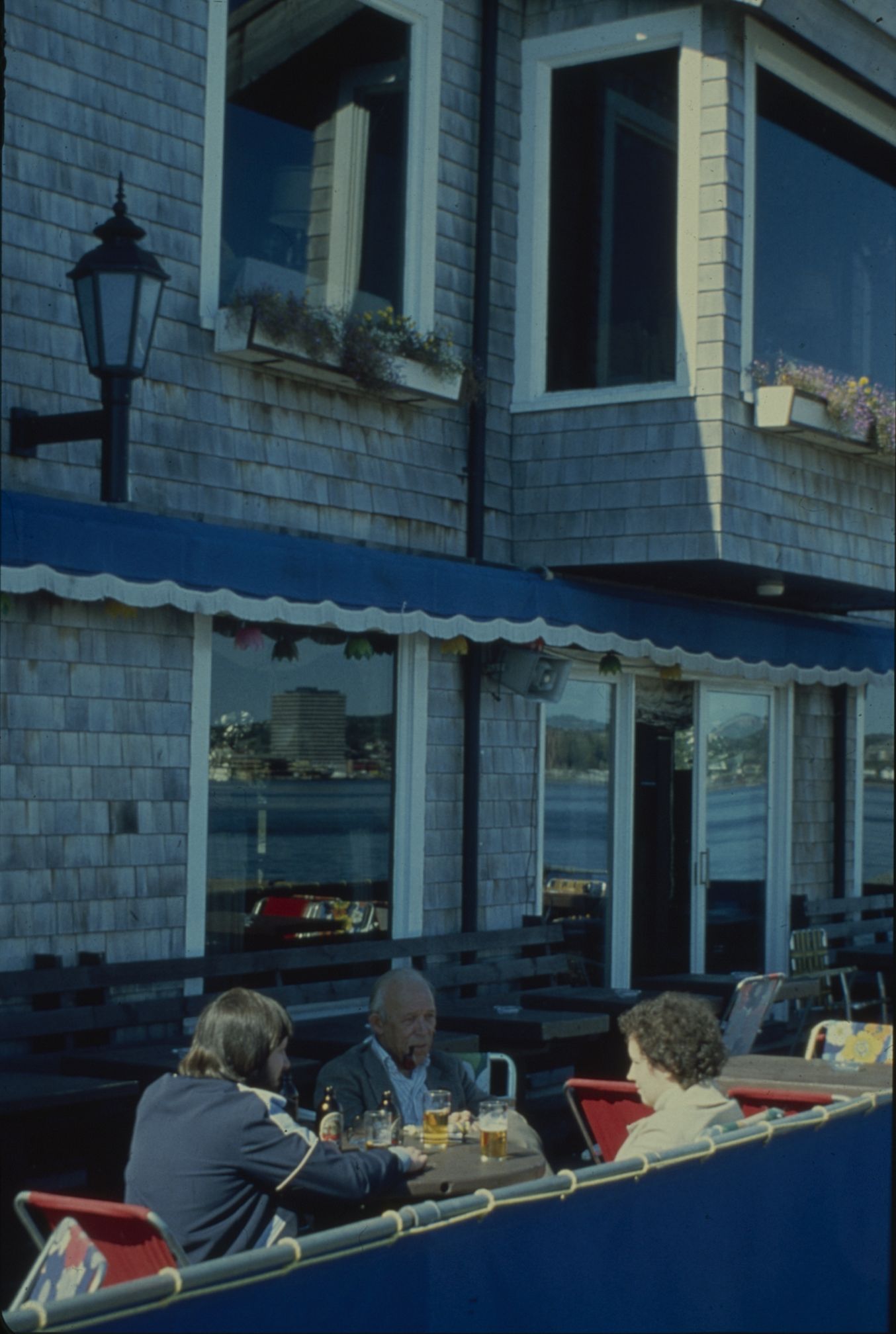

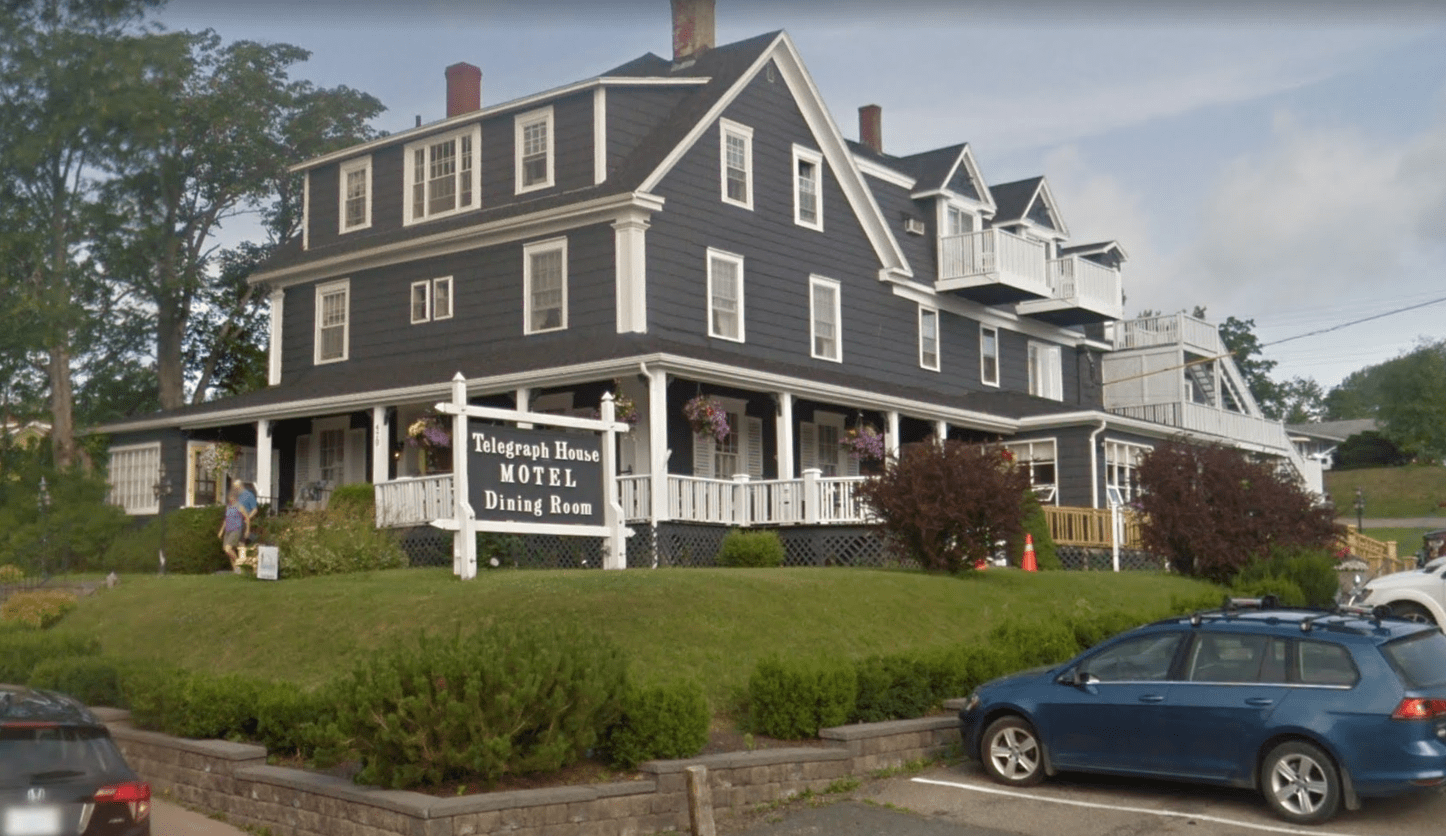




Add a comment to: A Taste from the Past! Old Nova Scotia Restaurants and Recipes